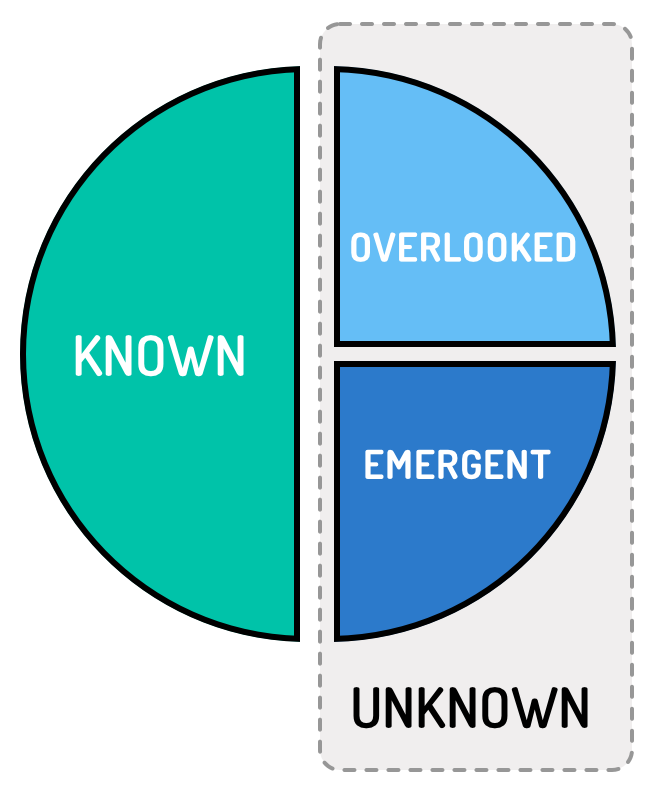There’s a grand misconception about requirements: If you compose them down, users will get precisely what they desire.
That’s not real. Even with the very best set of task requirements in location, users will get precisely what was jotted down, which might or might not be anything like what they truly desire.
That is among the factors nimble task management structures, like Scrum, bypass a prolonged, in advance requirements stage and the resulting item requirements in favor of a vibrant item stockpile, frequently composed in the type of user stories
Item Stockpile vs Requirements
Item stockpiles do not remove task requirements or the requirement to deal with stakeholders and clients to collect requirements They do, nevertheless, assistance to represent 3 realities:
- Groups can never ever understand every requirement upfront
- Discussions are the most reliable method to share details
- Dangers are less dangerous when they are exposed early
3 Kinds Of Requirements
In going over nimble and requirements management, it is essential to recognize there are truly 3 various kinds of requirements: understood, neglected, and emergent.
1. Understood Requirements
First are the recognized requirements. Understood requirements are ones users inform us about. Organization experts and item supervisors have actually sharpened great requirements collecting strategies for nimble jobs: interviews, story-writing workshops, open-ended concerns, and more.
2. Neglected Requirements
Overlooked requirements are what we call the requirements that we missed out on throughout our talks with users.We’re imperfect. We do not constantly ask great concerns or the ideal kind of concerns. Users rarely think about whatever. Possibly a user interview was interrupted, or a user was missing from a story-writing workshop
Overlooked requirements are simply as crucial as the recognized requirements, however we in some way missed them, didn’t hear them, or the stakeholders never ever discussed them.
3. Emergent Requirements
There’s another kind of requirement that no requirements collecting strategy can reveal. It isn’t something we neglect or something understood. Emerging requirements are ones that appear through the act of constructing the item.
The group shows what has actually been established up until now, and users state, “What would truly make this fantastic is …” Emerging requirements establish as we discover more about what we’re producing.
Emerging requirements are not things the group need to have discovered throughout a story-writing workshop or from interviews. They are not things the advancement group might have determined if they ‘d simply believed harder or longer when inquired about what they require.
Examples of the 3 Various Requirements Types
Expect you’re at a supermarket, doing your searching for the week. Products on your wish list represent your recognized requirements You understood they were required, so you included each to the list.
As you stroll the aisles, you see orange juice and recognize you ‘d forgotten to put that on the list. Orange juice is an neglected requirement
Then, you round the corner and put something in your cart that you didn’t even understand you required? It wasn’t on your list (an understood requirement) and it wasn’t something you ‘d simply neglected. Rather, you discovered something you didn’t even understand you desired till you saw it. It was an emergent requirement
This took place to me about 2 years earlier. I discovered something that appeared like a substantial, pimpled orange. It was called a Sumo.
A shop worker provided me a sample. It was tasty. And I instantly put 4 Sumos in my cart.
Prior to I saw them and tasted one, I had no concept I desired one. I didn’t even understand Sumos existed. On that shopping journey, Sumos represented the 3rd kind of requirement: an emergent requirement.
The exact same thing takes place on jobs. Having actually seen a partial application, users recognize brand-new things the item need to do. Brand-new company requirements, service requirements, and stakeholder requirements emerge that might never ever have actually been expected.
Threat & & Preparation for the Unidentified
Emerging requirements frequently trigger jobs to be provided late. Considering that emergent requirements can not be gotten rid of, the very best technique is to seek them out as early in the advancement procedure as possible.
This implies that item owners need to think about parts of the system that are probably to consist of emerging requirements along with the most preferable functions when prioritizing their item stockpiles. That method, groups can put working item in the hands of their users and surface area any emergent requirements.
Deep Space of Requirements
Deep space of requirements can be conceived utilizing the following figure. Left wing are the recognized requirements that come out of our conversations with users and other stakeholders. On the right are the neglected and emerging requirements, which jointly comprise a job’s unidentified requirements

Every task– well, possibly not a reword of Minesweeper– has emerging requirements. No matter how skilled employee are at asking concerns or how completely users have actually considered their own requirements, not whatever can be determined in advance.
Groups can frequently do much better at minimizing the number and significance of neglected requirements. We can ask much better concerns, listen more actively, invest sufficient time with users, and so on. However a really emerging requirement is one that a group can not truly be anticipated to have actually discovered till users begin seeing early variations of the item.
How Have You Managed Emergent Requirements?
Emerging requirements frequently trigger jobs to be provided late. Considering that the requirements have not been found yet, groups frequently stop working to consider them when preparation. Has a job you dealt with been impacted by doing this by emergent requirements? How have you managed them?
Please share your ideas in the remarks area listed below.